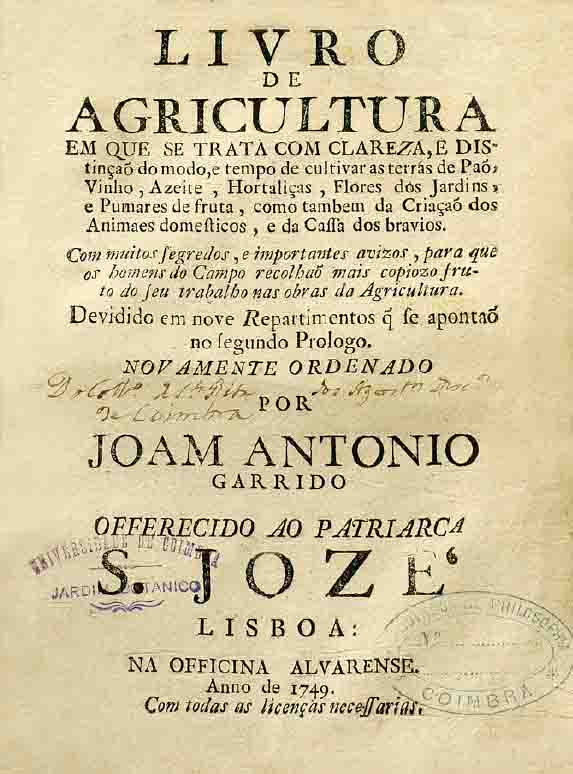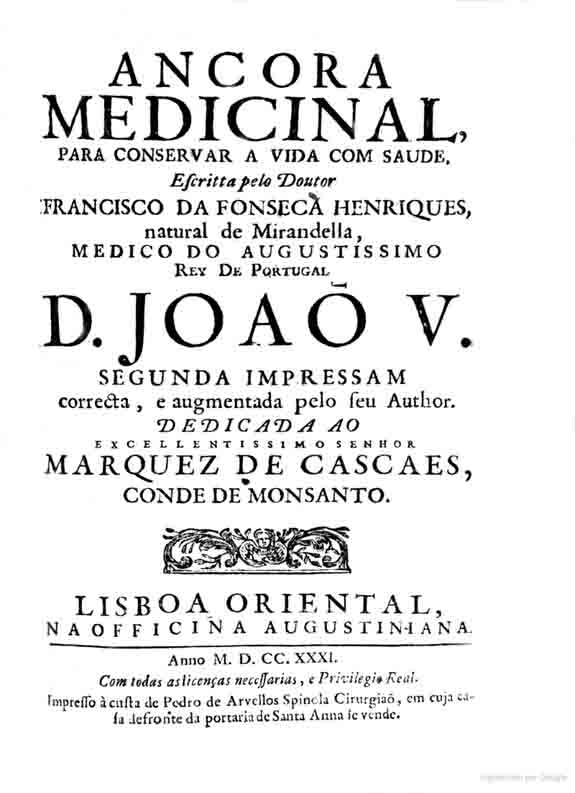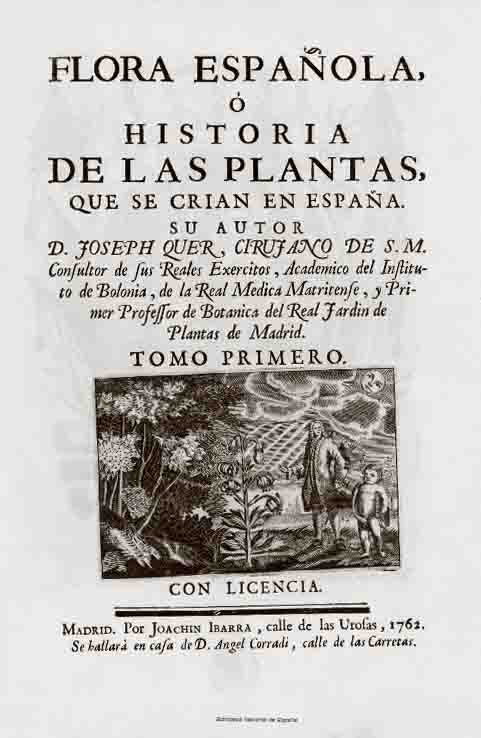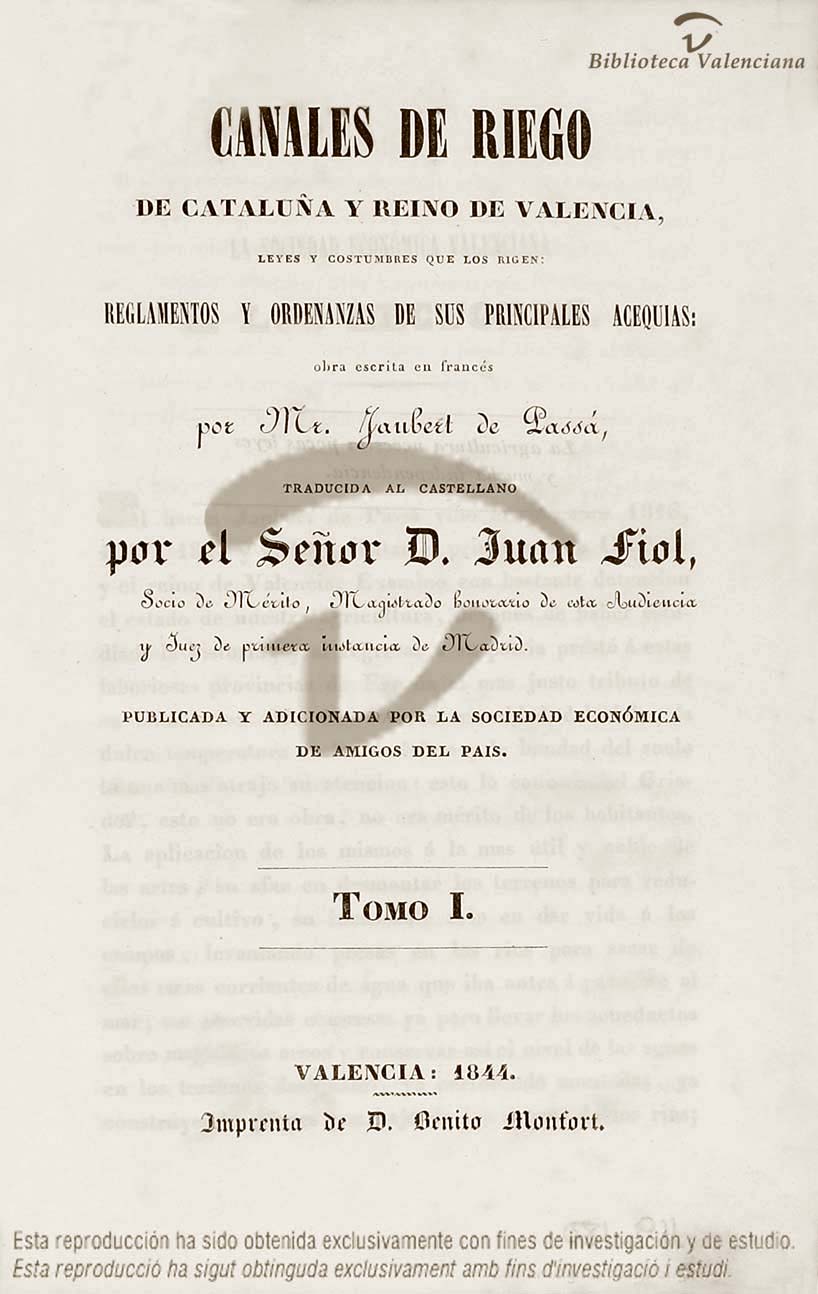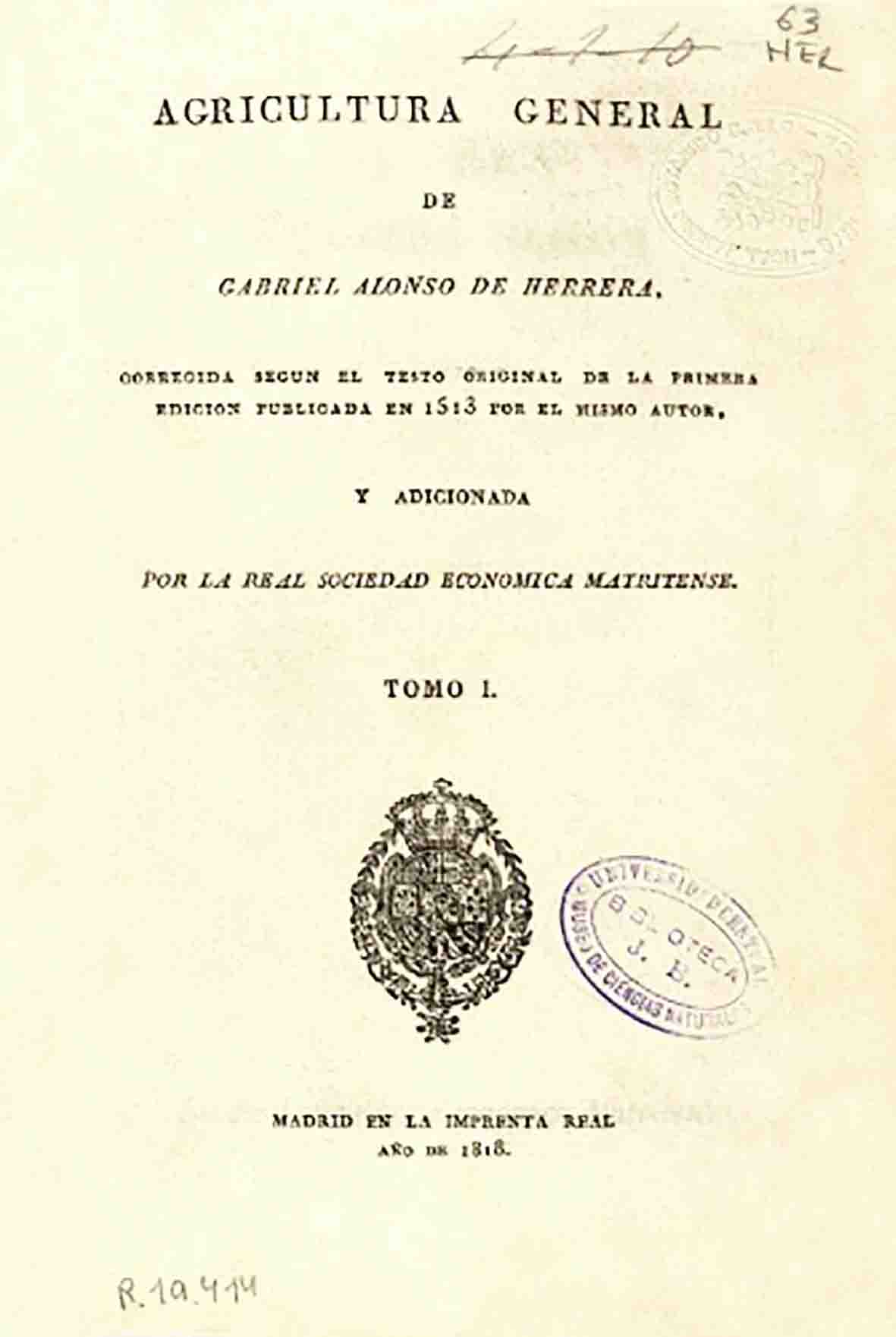Livro de agricultura em que se trata com clareza, e distinçaõ do modo, e tempo de cultivar as terras de paõ, vinho, azeite, hortaliças, flores dos jardins, e pumares de fruta, como também da criaçaõ dos animaes domesticos, e da cassa dos bravios. Com muitos segredos, e importantes avizos, para que os homens do campo recolhaõ mais copiozo fruto do seu trabalho nas obras da agricultura
Chapters
Pages
João António Garrido
He assumes that the decision to write the book resulted from the request for advice made by a Brazilian friend (from Minas Gerais), who wanted to start an agricultural exploration in the metropolis. Like many authors of the time, he had difficulty in finding a patron who supported the edition. But he didn't give up! That is why we now have what appears to be the first “agriculture manual” written and printed in Portuguese, which continued to have new editions during the 19th century.
Editor: Lisboa, Officina Alvarense
Year of edition: 1749
Published in 1749, we believe this was the first book written and edited in Portuguese that can be classified in the “agriculture instructions” category, covering the set of common agricultural activities at the time. Following the usual practice in the 18th century, it has a long and descriptive title: “Book of agriculture in which it is clear and distinguished the way and time of cultivating the lands of bread, wine, olive oil, vegetables, garden flowers, and fruit orchards, as well as the creation of farm and house animals and wild animals. With many secrets, and important warnings, so that the men of the country can better harvest the fruit of their work in the works of agriculture”.
The information is organized in nine chapters focused on specific subjects, in a logic that seeks to follow the types of plants and animals that should be part of an agricultural holding (gardens, cereals, vegetable garden, fruit trees …)”. In some cases, it presents not only useful indications for cultivation (sowing date, pests, seed conservation, etc.), but also about food, medicinal or other uses. Unlike many previous and contemporary authors, João Garrido often refers to his direct experience and knowledge, thus assuming the informed authority of the teachings he presents.
D.F.
more sugestions…
Ancora medicinal...
Francisco da Fonseca Henriques
Flora española...
José Quer Martínez
Através dos campos...
José da Silva Picão
Travels in Portugal and...
Heinrich Friedrich Link
Canales de riego...
François Jaubert de Passa
Agricultura general...
Gabriel Alonso de Herrera

